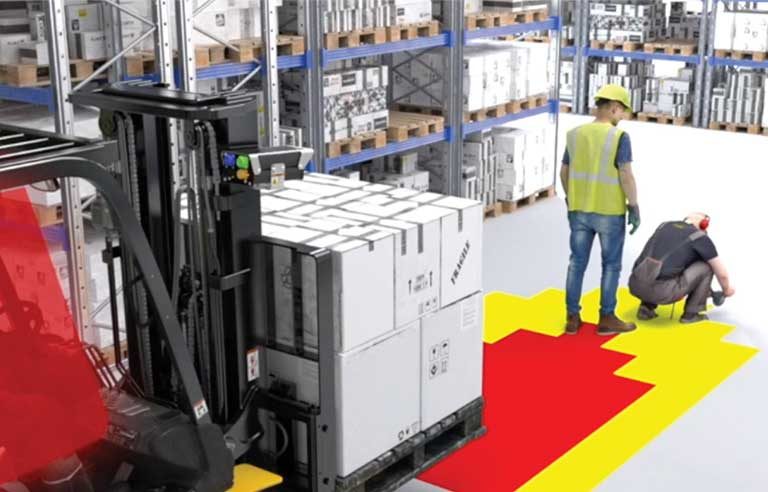Using data and engaging employees
We have the technology in place to support a safer facility, but how do we get people to make it a reality?

Responding is Brian Jones, vice president of business development, Matrix Design Group, Newburgh, IN.
Data is critical, but technology provides only part of the answer. People are the key element in making it happen. Having them engaged, involved, rewarded, excited and, ultimately, responsible is vital. Each individual stands accountable for safety, but how do you get everyone to work like they are? Many operations find the answer to be a challenge.
It comes down to the fact that technology offers a huge help, but a person may ignore what the technology is telling them. So then, how do we actually motivate people? The answer involves a four-part strategy that uses data and engages individuals: collect, use, act and share.
Collect meaningful data
There are many ways to collect actionable data. It can be as simple as putting tracking in place or using a collision avoidance system that gathers data on zone breach incidents. For example, a fork truck may have a close call with another vehicle, or a pedestrian may walk into its designated area. The zone breach information generated tells a story. One major benefit of this data is that it’s not based on emotion or interpretation – it’s the objective “truth” based on facts. People may have their perspective on why an incident happened, but there’s no denying that it did take place.
Use data to advance safety
Some operations see data only as a fail-safe backup to provide information when incidents occur. In this case, they’re missing a huge opportunity to prevent incidents, injuries and material damage. Good data can be monitored and analyzed to identify safe and unsafe drivers, and steps can be taken to reward employees doing the right thing and retraining those who aren’t. A near-miss reporting initiative is an example of using data to generate a safer facility.
Take action with data as a measurement
It’s true in the classroom, and it’s true in the warehouse: Rewards for good behavior drive positive responses. Having good safety data gives you the basis for who and what should be lauded, and a well-developed rewards system motivates good behavior. There are many types of competitions and reward programs for safety. Check out the ones at companies known for their safety initiatives and look for positive examples in the pages of Safety+Health magazine.
One type of “healthy” competition identifies the top three to five workers and rewards them periodically with a gift card, a pizza party at lunch or even extra personal time off. Make sure everyone knows who won and why. Display a chart in the workplace showing how everyone is faring. Remember that over time, people can become complacent, so come up with new/innovative ideas that reinvigorate the team. Finally, celebrate the success!
Involve everyone
A key element of the rewards system is dissemination. Safety data shouldn’t be limited to the supervisory or management level. A good system, such as one for collision avoidance, can provide a trove of information available to improve and strengthen safety across the board on a daily basis. If you want people to buy into the program and believe it, share the data.
Editor's note: This article represents the independent views of the author and should not be considered a National Safety Council endorsement.
Post a comment to this article
Safety+Health welcomes comments that promote respectful dialogue. Please stay on topic. Comments that contain personal attacks, profanity or abusive language – or those aggressively promoting products or services – will be removed. We reserve the right to determine which comments violate our comment policy. (Anonymous comments are welcome; merely skip the “name” field in the comment box. An email address is required but will not be included with your comment.)

